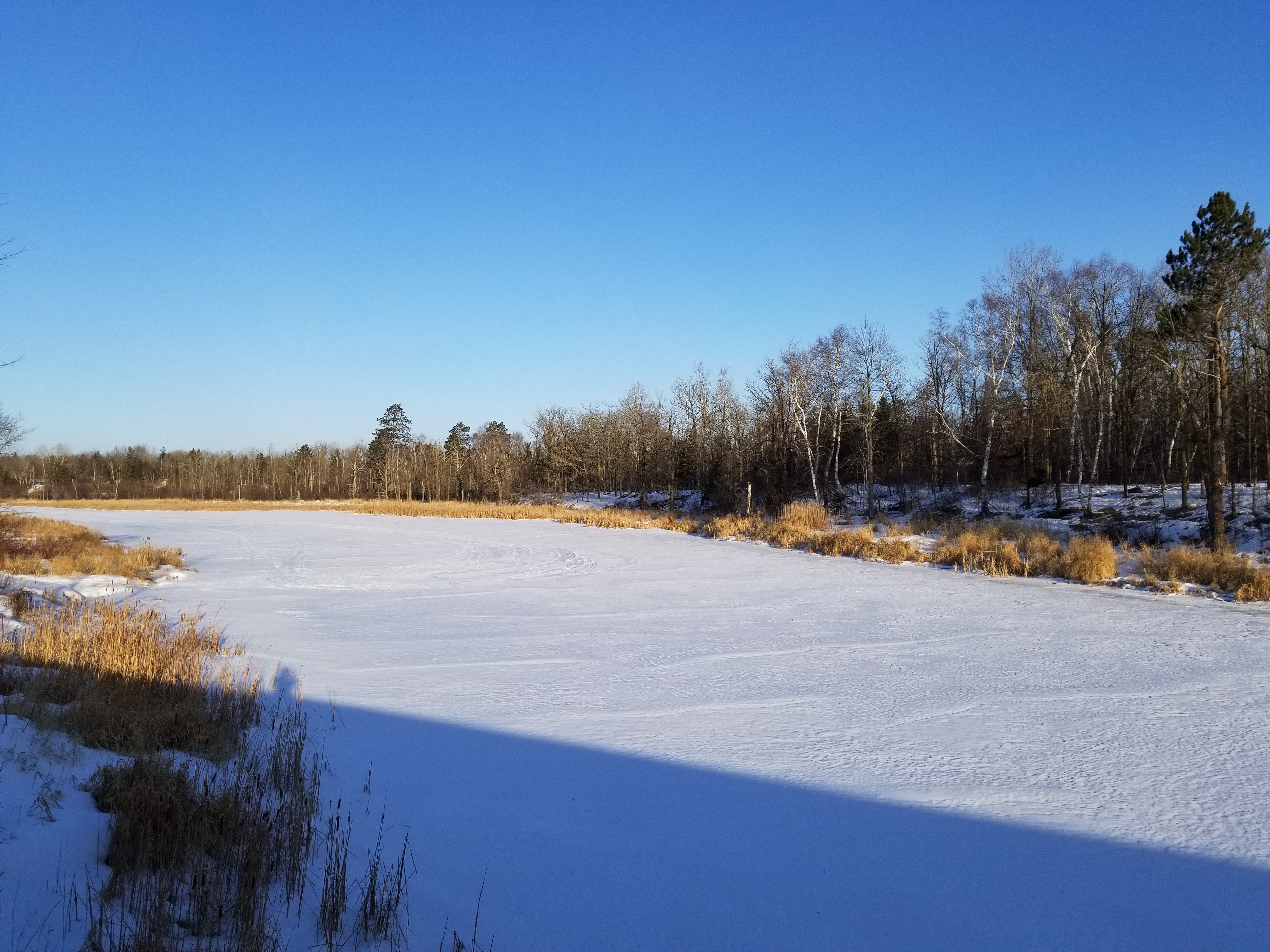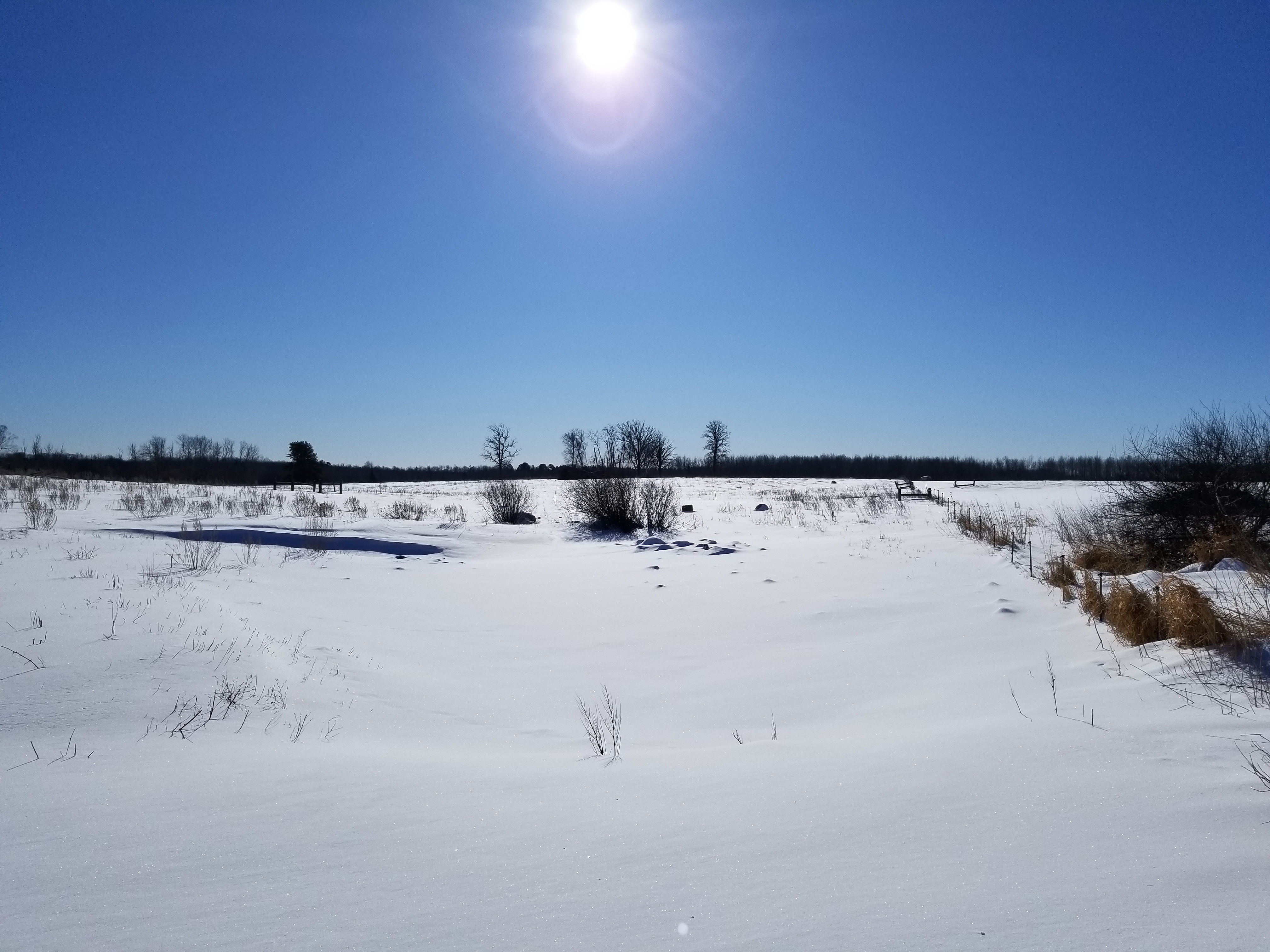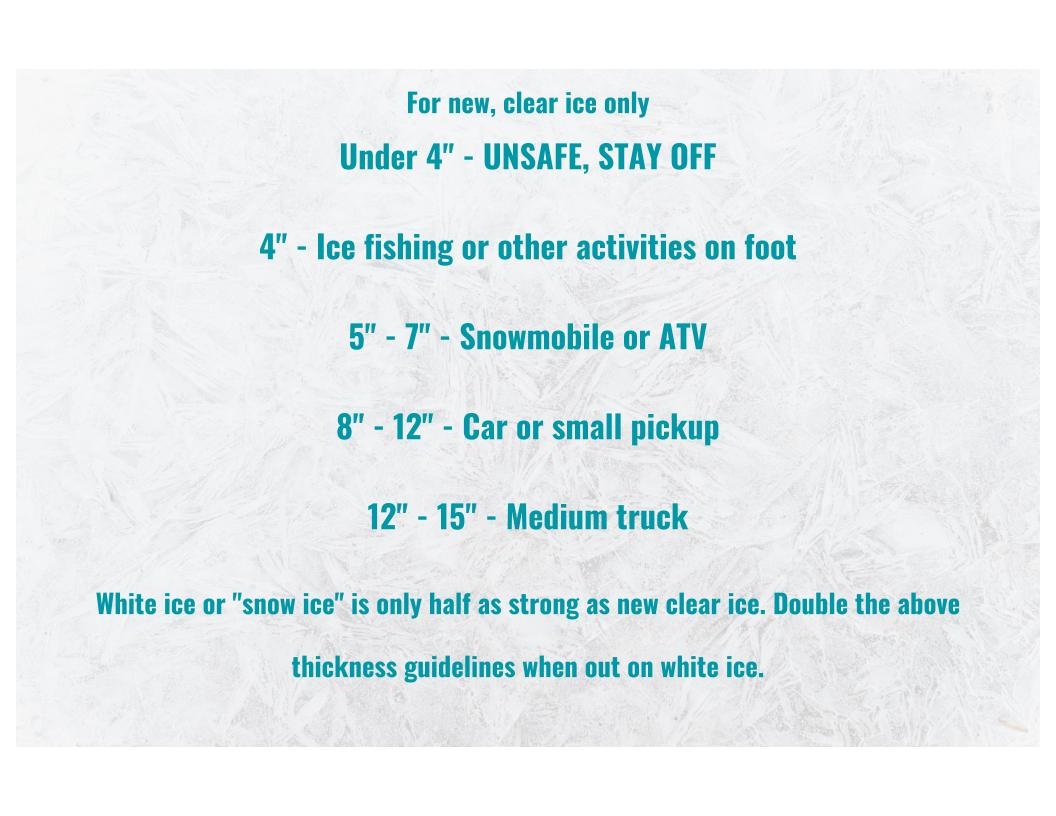Mississippi River February 1st, 2018 
This post contains affiliate links.
If you want to walk here….
What to do if you fall through the ice.
It may be tempting to take a walk on the ice. Skating and ice fishing are popular winter activities that many people in cold climates enjoy. The ski or snowmobile trail may also take you across a frozen river like the Mississippi shown above. The trail may lead to a frozen lake or pond as well. Should you cross? Make that choice carefully.
If you decide to cross and you do fall through the ice, knowing how to save yourself is key. You may have a little more time than if you are in a vehicle, but this is still an extremely serious situation, and you can’t wait for help. You have to act. This post will talk about what to do when you fall through the ice when hiking or skiing. Click here to see what to do if your vehicle falls through the ice.
Once you’ve fallen through the ice, you’re going to experience thermal shock. Know this, and don’t panic. It will last from one to three minutes. Thermal shock, or cold shock response, is your body’s physiological response to the sudden temperature change. If your head is above water, at this point, your goal is to simply tread water and let your body calm down. Do not flail about or try to get out of the water until your body has regulated.
If you are under water, look for differences in the color and lightness of the ice above you. If the ice is covered in snow, the hole you fell through will appear darker. If the ice is free of snow, the hole will appear lighter. Head for that hole. Quickly.
Once your head is above water and the the shock has passed, you must act fast. A four degree drop in body temperature can trigger hypothermia.

There is a little pond here.
Stay calm, and try not to hyperventilate. The cold shock will have raised your heart rate, so don’t let that scare you. You’re going to be uncomfortable. You have time to save yourself as long as you keep your head clear and don’t let panic set in.
Remove any bulky items that may be attached to you such as backpacks, fanny packs, skis, or anything else strapped to your body. They will weigh you down, and make getting out of the water difficult. Let them go. They are not worth dying for.
Now your focus is to get out of the water as fast as you can. Don’t wait to be rescued. The longer you are in the water, the higher the chance of neuromuscular cooling causing your muscles to fail and inhibiting your coordination. If this happens swimming and kicking your legs will be extremely difficult. Again, don’t panic. You do still have time, but you want to make the most of that time.
Turn to the direction you came from and swim to the edge of the ice. Chances are the ice is stable there. You know you were standing and walking on it just before you fell in. Get back to that point.
Don’t try to climb back on to the ice. Your body will be too heavy and your strength weakened. Also, your clothes may be weighing you down. Put your arms up on to the ice, get your body horizontal and kick your legs. Try to kick as much of your upper torso on to the ice as possible. Use your ice picks. You should always have ice picks with you when you are going to be out on the ice. Be sure to put them around your neck before you head out.
If you don’t have ice picks, try to get a grip on the ice and prop yourself up with your forearms and elbows. You may want to wait a second or two to let your clothes drain excess water. Then keeping your body horizontal, kick your legs vigorously in an attempt to propel you out on to the ice. Imagine you are swimming on top of the ice. If you can’t get yourself out of the water, get as far up on to the ice as you can and stay there. Keep your arms pressed to the ice and let them freeze to the ice. This will keep you in place if you pass out.
Once you’re out of the water, don’t stand up. Stay spread out to keep the weight distribution across as large an area as possible, then roll slowly and carefully away from the hole. If you try to stand and run, chances are good that you will break through the ice again. Roll several feet from the hole before standing.
Once standing, try to find your tracks and follow them back to shore. You already know that the path you took was safe up to the point you fell in.
Getting out of the water is just the beginning of survival. You are wet. You are cold. Hypothermia is a real and present danger. You need to find a warm place as soon as possible. Is your vehicle nearby? If so, get in and get the heat going. If you don’t have a vehicle, find a house or cabin and ask for assistance. The cold shock may cause your legs to fail you, and you might have to crawl or drag yourself to safety.
Once you have a heat source, remove your wet clothing. The heat won’t be able to penetrate the wet clothes fast enough. If available, get into dry clothes and wrap yourself in blankets or sleeping bags. Drink a warm beverage.
Recovering from hypothermia can be dangerous. You need to warm up slowly. Cold blood from your extremities can rush back to your heart, and the shock can cause ventricular fibrillation leading to heart attack. It is wise to call for professional medical help to monitor you and help you warm up safely. It can take several hours for your body temperature to return to normal.
Signs of hypothermia:
- Shivering
- Dizziness
- Hyperventilation
- Increased Heart Rate
- Confusion
- Difficulty Speaking
- Clumsiness
- Fatigue
- Lack of Coordination
- Lack of Shivering (Advanced Hypothermia)
- Slurred Speech or Mumbling
- Weak Pulse
- Shallow Breathing
- Loss of Consciousness
Never go out on the ice alone, especially at night. Ice is unpredictable and is never 100 percent safe. Never.
Always have your ice picks with you.
Here are some essentials to help keep you safe on the ice:
Affiliate links
Ice Picks
Ice Safety Kit
Ice Cleats
Ice Awls
Throw Bag
Auto Emergency Tool
Below is a chart to use as a guideline for ice safety. Remember, however, every situation is different, and variables always exist.



This is great information, I live where there are a lot of lakes so this is good to know.